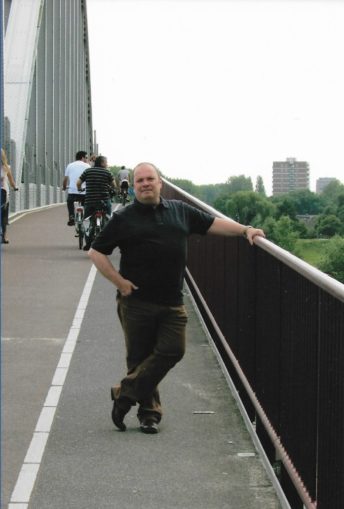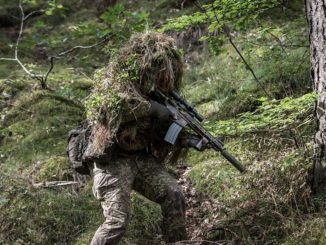
In 1986, RAF Halton was the No 1 School of Technical Training responsible for training the RAF’s Apprentices, with the sister School at RAF Cosford. It was also the site of Princess Mary’s RAF Hospital. These military hospitals up and down the country also treated NHS patients, in fact as the military shrank, the numbers of NHS patients increased. The Military Hospitals were closed during the Government of John Major. The Tories have never been friends of the Armed Forces of our country. And don’t forget Saint Maggie was due to mothball or sell off large swathes of the Fleet before the Falklands War broke out.
The base nestles into the Chiltern Hills is about five miles southeast of Aylesbury, which in the 1980s was still a reasonably, un-enriched market town. RAF Halton was spread over five sites, the Apprentice Training Wing, Further Trainee Wing, Workshops, Halton Airfield and the Hospital site. It is a strange place with a long history in RAF terms. Over the years it’s had its share of unexplained deaths, murders, suicides, tragedies and several manifestations that were unexplained. Before the founding of the RAF it was a military training camp and traces of trenches can still be found in the beech woods.
In 1986 I was a Maxillo-facial technician working in the Oral Surgery department, a two-story building that was remote from the rest of the hospital, backing onto the heavily wooded Chilterns. The building was dilapidated, the top floor was out of bounds due to structural decay and apart from dumped records, it was empty. The Oral Surgery department was on the ground floor behind the tree in the photograph. The building had been the old burns and plastic surgery department during WW2. Archibald McIndoe pioneered the treatment of burns casualties and the RAF set up other specialist burns units around the country, using McIndoe’s techniques, which in their day were ground breaking. By 1986 the treatment of burns cases was centralised, but the saline baths were still on the top floor, dilapidated and rusty.
The Maxillofacial Technician’s job was to construct cast silver splints, appliances, prosthetic devices and maintain the oral surgeon’s tools. There were two oral surgery theatre lists a week, Monday mornings and Wednesday afternoons. It was a Sunday afternoon in early March and I had a couple of appliances to finish for the Monday morning theatre list. I went to the hospital reception, drew the keys and fired up the laboratory, lights, Bunsen burners, kettle and radio. The afternoon drew on and I barely noticed the hours pass as the dying sun picked out the stark trees sweeping up the hills. By 1600 it was almost dark outside but the lab was warm and cosy. I was in the process of sharpening bone chisels and the radio was muted because you needed to hear the sound of the blade edge on the oilstone.
I heard a noise from upstairs. I had locked myself in the building, so if anyone else needed to get in they would have knocked on the lab window. The noise was the sound of a woman, it was definitely a woman’s steps and she walked the length of the floor above my head. They were the sounds of a heavy soled ward shoe. I went out into the corridor and switched on the lights, then moved to the central stairwell. Upstairs was in darkness as expected.
“Hello,” I yelled feebly, “Is someone there?”
Nothing. No lights, just the smell of old boxes of paperwork and medical notes. I went back down and quickly turned off the lab equipment. The last thing was the long walk down the corridor to the left main entrance of the Oral Surgery department and the footsteps from above followed me to the door. There were stairs at this end of the building as well. I slammed the door shut from outside and locked it, the security light above my head flickering. It was a long, half-jog back to the hospital reception. I signed in the keys and the corporal on the desk hung them in the key cabinet.
“Old, Plastics Wing, eh? You couldn’t make me go into that building at gunpoint, after dark.”
And you couldn’t make me either from then on. I last visited the Halton Hospital site around 2008. The MoD had flogged off the vast area to developers and most of it was cordoned off, but my wife and I knew the old ways in, the ways we would use when we were late for work. They were knocking down the main hospital buildings, but the Institute of Community Medicine was still there and so was the old Plastics Wing. We were intercepted by an officious security guard, but when I explained that I used to work here and we meant no harm, he became talkative. Conversation turned to the two-story building flanked by the glowering woods.
“I hate that place. I won’t go anywhere near it after dark. There’s burned pilots in there. The trouble is, no one has told the silly sods that they’re dead. Or the silly, old mares that were looking after them.”
© Blown Periphery 2017 2023

Christophe Downes 28th July 1957 – 30th March 2023



